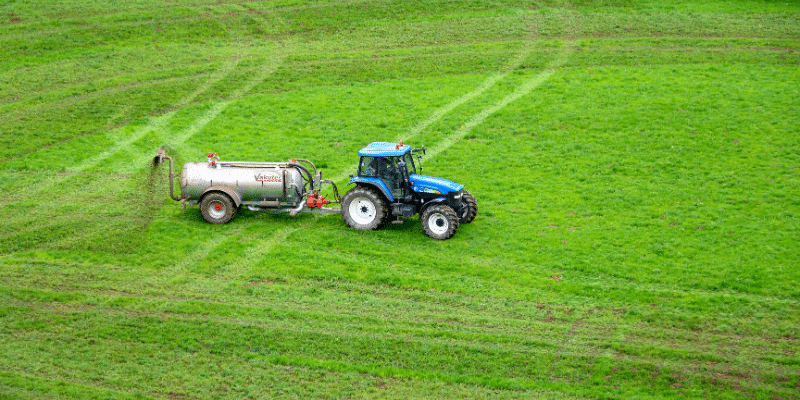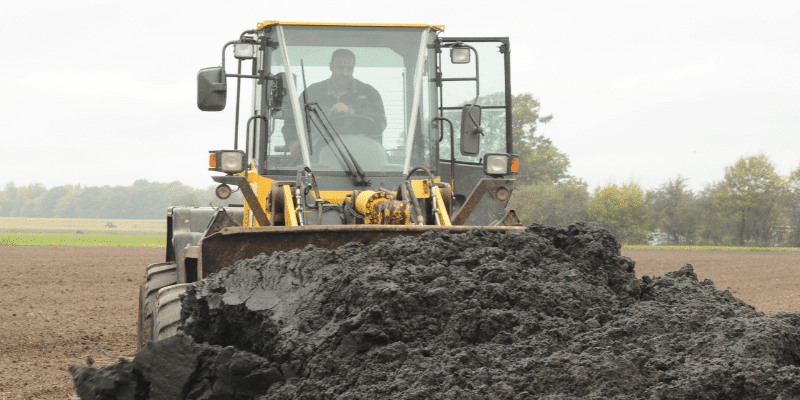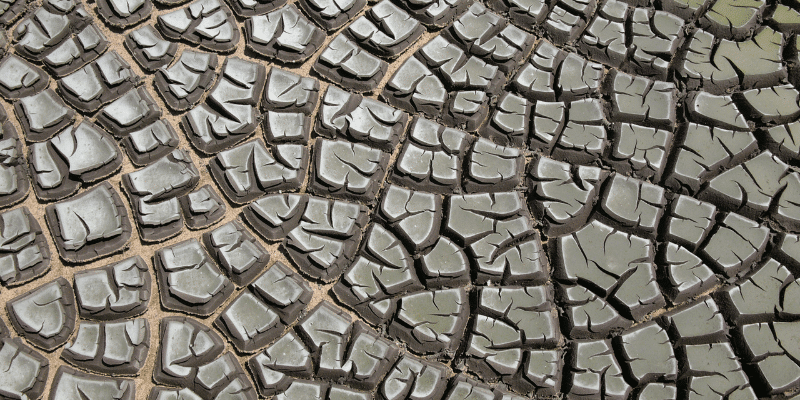Legal proceedings launched against the Environment Agency
City to Sea’s Policy Manager, Steve Hynd, alongside environmentalists George Monbiot and Georgia Elliot-Smith have launched legal proceedings against the Environment Agency over microplastics in sewage sludge which is ending up on our farmland and consequently our food...
The microplastic problem
The evidence is mounting around microplastics. One study conducted by the University of Newcastle that’s bound to leave a bad taste in your mouth estimated that we consume the equivalent of a credit card’s worth of plastic (about 5 grams) every week. Another showed microplastics in fruit and vegetables. It’s hard to digest, isn’t it? If studies are throwing up these types of results, even showing microplastics in our blood, you would think those in power would be doing all they can to tackle the issue.
Well hold your nose and think again – because we’re about to lift the lid on a problem that’s really only just floating to the surface – that of microplastics in sewage sludge.

What is sewage sludge & why should I care?
Sewage sludge is what we end up with when we treat our sewage and separate the “solids” from liquids. These solids are then treated, dried, and sold to farmers as fertiliser. But a Environment Agency report revealed that this is mixed with other “wastes” that contaminate the sewage sludge. Industrial waste is mixed in, introducing a cocktail of chemicals. This means the flushed waste (which we know is also contaminated with plastics) is mixed up with industrial effluent. This includes a wild mix of sources from road run-off (that itself includes huge amounts of microplastics from car tyres) building sites, cosmetic industry by-products and more.
When this toxic chemical cocktail hits our sewage system, it’s either pumped into rivers through overflow discharges by the water companies or it’s reserved as sewage sludge and used as fertilizer.
Research by the Universities of Cardiff and Manchester indicates that 1% of sewage sludge consists of microplastics that have been directly extracted from raw sewage sludge at wastewater treatment facilities.
Planting problems
The result? The same study estimates 31,000 to 42,000 tonnes of microplastics, or 86 trillion to 710 trillion microplastic particles, are contaminating European farmland annually. This study dubbed European farmland the “biggest reservoir of microplastics in the world,” and alarmingly, the study pointed to the UK as having the highest concentration of microplastics in its soil. These toxic chemicals and not only harming the soil but are also making their way into rivers, being ingested by wildlife, and entering our food systems.

Testing testing, one, two, pee
So, how has this been allowed to occur? In the UK, the Environment Agency is responsible for regulating sewage slurry, but the testing of sewage sludge has not been updated since 1989. This means there is currently no monitoring for plastic particles or most other synthetic chemicals. Yikes! To make matters worse we know that they know how bad this is. A study (leaked by Greenpeace) undertaken by the Environment Agency revealed that sewage sludge spread on farmland contains a mix of carcinogenic chemicals, including PFASs, benzo(a)pyrene, dioxins, furans, PCBs, and PAHs as well as microplastics.
A not so cunning plan
In response to these concerning findings, the Environment Agency published its “Strategy for Safe and Sustainable Sludge Use” in March 2020. At the time, they committed to taking steps to subject sludge to the Environmental Permitting (England and Wales) Regulations 2016 (“EPR”) by 2023. This commitment meant that they would begin testing for this dangerous chemical cocktail so that farmers would be aware of what they were spreading on their land. Good news I hear you say. Well, sadly, on August 1, 2023, the Environment Agency altered its strategy, removing its commitment to achieve legislative change by 2023 and failing to provide an alternative timeline.

Fighting Dirty
So, how has this been allowed to occur? In the UK, the Environment Agency is responsible for regulating sewage slurry, but the testing of sewage sludge has not been updated since 1989. This means there is currently no monitoring for plastic particles or most other synthetic chemicals. Yikes! To make matters worse we know that they know how bad this is. A study (leaked by Greenpeace) undertaken by the Environment Agency revealed that sewage sludge spread on farmland contains a mix of carcinogenic chemicals, including PFASs, benzo(a)pyrene, dioxins, furans, PCBs, and PAHs as well as microplastics.
From city to sea
This is a crucial piece of the puzzle in our effort to comprehend the sources of microplastics, how they enter our food and drink, and the potential consequences for our health. Without this fundamental regulation, we continue to allow vast quantities of microplastics to be spread on our land, much of which washes into our rivers, and some is absorbed into our soils and the food we consume. Another example of how plastic goes from city to sea!
You may unsubscribe at any time. Check out our Privacy Policy for more information on how we store and protect your data.

